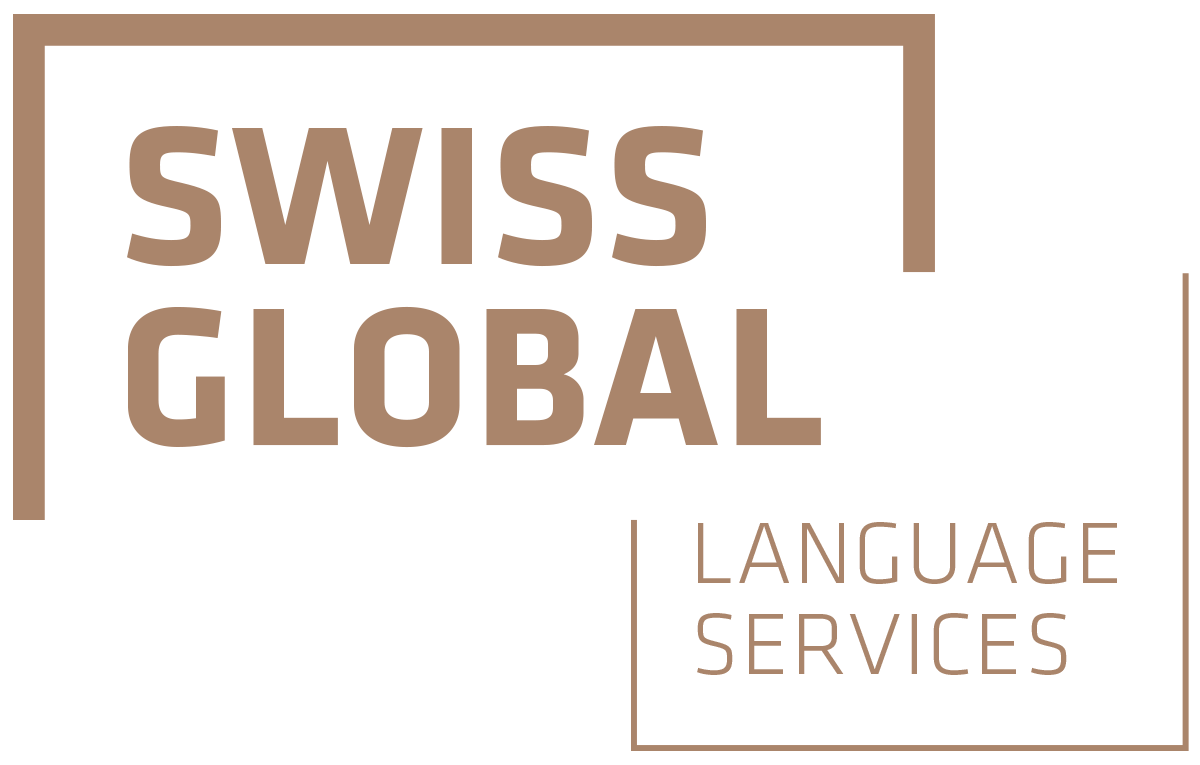Writing for your target audience: how to win over your readers

Your texts should achieve your goals. They should appeal to your target group and elicit something – whether it be trust, interest or, better yet, a purchase. Attaining this requires knowledge and support, however. In order to reach your target audience, you first need to know who they actually are. Then comes the part that requires well-founded expertise. Our blog post explains the ins and outs of writing for your target group.
Focus on the needs of your target group
In classic marketing, the target group takes precedence above all. It’s defined by socio-demographic characteristics and usually enhanced with a psychological or social typology. Content marketing, on the other hand, takes it one step further by creating what are known as “personas”. This post describes the exact process very well.
You use the personas to describe your customers, their needs, interests and motivations. This will help you to write more precisely for your target group.
Your personas: who are they – and how many are there?
Since you probably have more than one product in your portfolio and your clientèle tends to be heterogeneous, you also need more than one persona. So, roll up your sleeves and get to work! Imagine your ideal type of customer:
- Portrait photo
- Name, age, education, profession, life situation
- Interests, hobbies, preferences
- Psychological requirements: Do they need reassurance or thrills?
- Product-related needs: What do they expect from the product? Status, convenience, usefulness?
- Content-related needs: Do they need information, motivation, confirmation?
This will give you a good description of your target groups and an idea of the content that interests them.
You can gather information about your personas from many different sources:
- Personal observations
- CRM
- User behaviour
- Customer surveys
- Classic market research
- Social media
- Competitor monitoring
If you don’t have the information yourself or the time to find it, sit down with your team and describe the different personas to each other the same way you would talk about a friend or close relative. Be sure to involve the staff members who have direct contact with customers.
Your personas don’t have to be perfect. Concentrate on three or four types with a few basic characteristics. You can broaden and refine them over time.
Every text has a job
When you are writing for your company, don’t do it for yourself or to please the crowds. You have one goal in mind. Or, as Miriam Löffler and Irene Michl in their reference work “Think Content!” (Link in German) so aptly put it: Every text has a job. So, let your words do their work! What you will need is a structure to follow and good dose of discipline.
Before you start writing, answer these questions:
- Which persona do you want to address and what are their preferences?
- What does the persona need and how can you provide it?
- What do you want to communicate to them?
- How should the persona respond after reading your text?
Marketing professionals will recognise the slightly modified AIDA formula we are employing (attention, interest, desire, action) and which they have been using very successfully for decades in their marketing endeavours. Because that is what is most effective. Don’t forget – your text should be working for you.
Pay particular attention to the second point. We all receive non-stop information via endless channels. Do your personas a favour and don’t waste their time. If you’re going to shove content under their nose, then it should be relevant and useful.
How to write successfully for your target group
We have all been habituated to expect a text to have a certain structure: introduction, discussion, conclusion. Or to put it another way:
- What is it about?
- Why is that important?
- What can we learn from it?
- What do we do now?
Based on our experience with storytelling, we also know that an exciting story needs conflict.
Make it easy for your audience:
- Use simple, understandable sentences that get right to the point
- One thought per sentence
- One topic per paragraph
- Ask yourself what your readers need to know and what they probably already know
- Write positively: banish the word “not” from your vocabulary
- Choose active formulations rather than the passive voice
- Address your readers directly
- Offer solutions
- Use evocative language
- Verbalise noun phrases
- And don’t be afraid to shorten your text considerably in the end
Let yourself be inspired. Find texts that appeal to you and figure out what makes them so good. Then imitate them.
And finally, have someone edit and proofread your texts. Editing helps to detect and improve weak argumentation, while proofreading is a sign of respect for your audience and the best way to avoid careless mistakes. There are few things that look more unprofessional than a text full of typos.
Guiding your audience every step of the way
Content is more than just a text. Don’t forget the role that pictures and graphics play. They can reinforce or detract from your content. Pay attention to your text’s structure. Write short paragraphs, use informative subheadings, and highlight the points you want to stand out. This allows casual readers to immediately grasp the main thrust of your text and understand the key messages you are communicating.
Think about where your text will be published. Each type of media has its own particularities. Since we often write for an online audience these days, we recommend our blog post entitled “11 best practice tips for copywriting web content”.
Copywriting is an art that must be learned and practised extensively, which is why you should entrust this vital task to professionals. SwissGlobal ensures that your communication is a success in all the world’s languages and cultures. You can rely on our experienced team of over 400 professional language experts from all over the world. Please contact us, we would be happy to help.
SwissGlobal services
-
Communication
Writing



